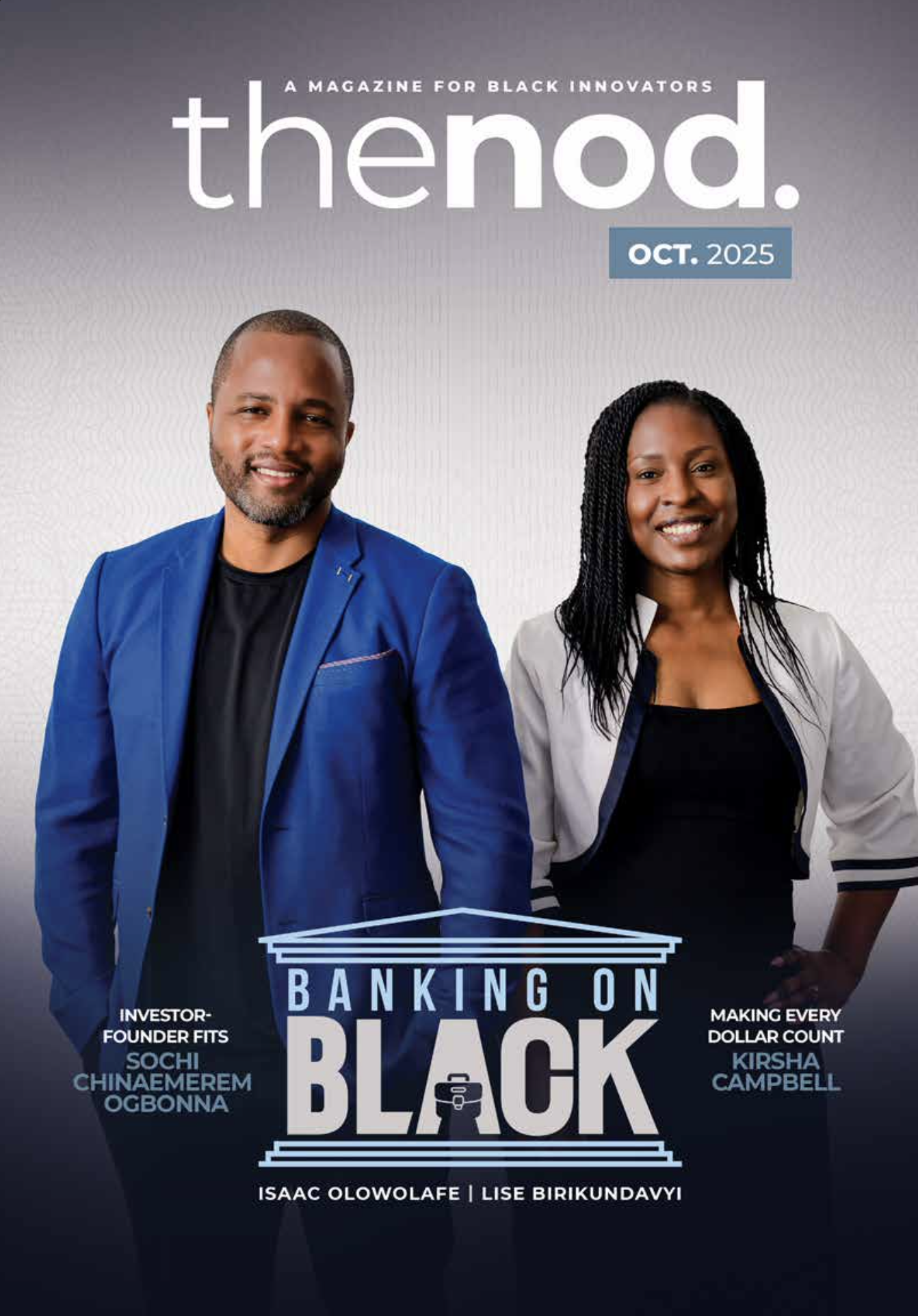When people ask me how hiring in the not-for-profit (NFP) sector compares to the corporate world, I tell them it’s like comparing apples and heart-shaped oranges. In business, profit drives the mission; in nonprofits, the mission drives everything. That single difference changes how we recruit, retain, and inspire our teams.
While corporate hiring often hinges on skills and ROI, in the nonprofit world, we hire for heart as much as for skill. Here’s what that looks like in practice and why it matters for anyone leading a purpose-driven organization.
Hiring for Non-Profit vs. Hiring for Profit
Recruiting for a nonprofit means finding people whose personal values and passions align with the mission. Our job descriptions, interviews, and selection processes lean heavily on the cause and cultural fit. Skills matter, but the spark we look for is a deep, personal commitment to impact.
Corporate recruiting is more metrics-driven: skills, experience, and results that improve the bottom line. While values have a place, profit is the ultimate scorecard. Nonprofits flip that, with purpose first and surplus simply a means to sustain the mission.
Embedding Values in Recruitment
If you’re leading a nonprofit, your core values can’t just live on a web page. They need to shape every aspect of your recruitment, especially when expanding your philanthropic reach. Candidates want to know exactly what you stand for and how you live it out daily.
Transparency and accountability build trust. Collaboration, generosity, and compassion are vital, too. Our sector thrives on partnership, not competition. Communicating these values clearly and consistently attracts people to it for the right reasons and builds teams excited to advance your mission.
Why Top Talent Chooses Nonprofits
Contrary to popular belief, high performers don’t always chase the biggest paycheque. Many actively choose nonprofits because they crave purpose. I’ve seen seasoned professionals leave lucrative corporate offers to join mission-driven teams, wanting to see their work directly improve lives.
A strong social mission is magnetic. Add a collaborative culture and a clear link between effort and impact, and you have a powerful draw. Fulfilment and alignment with personal values keep the best people in our sector.
The Retention Challenge
Retention is the real test. Compensation in nonprofits rarely competes with corporate offers. Benefits can be modest, workloads can be heavy, and career ladders are often shorter, especially in smaller organizations. Burnout is a real risk.
The solution is to make the mission visible. Connect staff to the results of their work through storytelling, outcome sharing, and community feedback. When employees see the human faces behind the impact, their work becomes more than tasks.
Research and my own experience show that people aligned with a mission will often stay despite financial limitations. Leaving is more than walking away from a job. It includes leaving a community and a cause they believe in.
Lived Experience as an Asset
For mission-aligned roles, lived experience and community connection are not optional. They are strategic advantages. I have seen candidates with personal ties to the cause build trust faster, understand community needs more deeply, and bring a level of authenticity no training can replicate.
Whether it is someone who has overcome the very challenge we address or someone embedded in the community we serve, these hires bring empathy, urgency, and credibility. More and more, nonprofits are actively recruiting for lived experience, knowing it leads to more authentic relationships and better outcomes.
Balancing Skills and Budget
Attracting skilled professionals on a nonprofit budget requires creativity and transparency. We can’t always match corporate salaries, but we can offer purpose, flexibility, and growth opportunities.
I’ve recruited tech talent by showing how their work would directly serve people in need. Flexible hours, remote work, and extra vacation can tip the scales. If a full-time hire isn’t possible, skilled volunteers, consultants, or pro bono partnerships can bridge the gap. The key is to present a compelling value proposition: meaningful work in a values-first culture.
Creative Hiring and Retention Wins
One of my favourite examples comes from Faith in Action, an advocacy nonprofit that prioritizes cultural alignment over pure technical skill in hiring. Their reasoning was simple. Skills can be taught, but passion for the mission cannot. By screening heavily for values alignment, they built a deeply committed team willing to go the extra mile.
On the retention side, I have seen nonprofits make bold moves like introducing a four-day workweek to combat burnout. Others offer sabbaticals, professional development stipends, or creative wellness perks. These are not just benefits and proof that leadership values its people as much as its cause.
Leveraging Technology to Extend Impact
Tools like The Nod App offer exciting possibilities for nonprofits. Its Care feature makes giving easy and habitual, appealing to younger, tech-savvy donors. The in-app job board targets people already engaged with community causes, which is valuable for recruitment, especially for smaller organizations.
Using technology this way is efficient, but also signals that your organization is innovative and adaptable, qualities that attract both donors and talent. From running campaigns to funnelling engaged users into volunteer or paid roles, platforms like this can expand your reach and deepen your impact.
Turning Purpose into Staying Power
Hiring and retaining talent in the nonprofit sector requires a different mindset. We are not just building a workforce. We are building a community of purpose-driven individuals. That means hiring for heart, embedding values into everything we do, recognizing the power of lived experience, and getting creative with how we attract and keep great people.
Budgets will always be a constraint, but mission and culture are powerful currencies. When we connect our teams to impact, we create workplaces where people stay, not because they have to, but because they want to.













